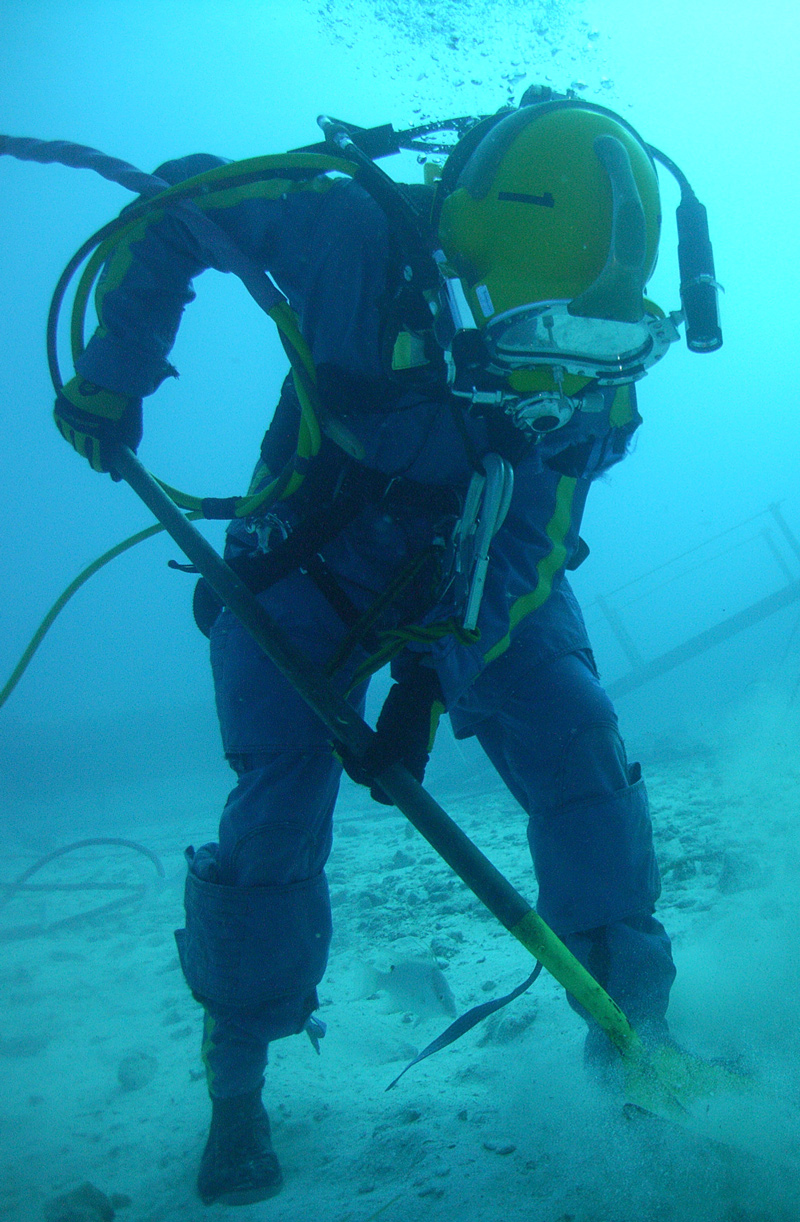Lava Caves: California and the Moon
Naturally-occurring lava caves may someday shelter astronauts on the Moon and Mars from harmful radiation. (Images not to scale.)
Impact Evidence: Meteor Crater and the Moon
Impact sites on Earth can tell us about the history encoded in craters on other worlds. (Images not to scale.)
Looking for Life: Arizona and Mars
How do signs of ancient life change over time? Earth’s saltiest lakebeds can help us find out.
Looking for Life: Turkey and Mars
Sediments at Lake Salda’s edge hold clues about the history of Jezero Crater, an ancient Martian lakebed. (Images not to scale.)
Icequakes: Alaska and Enceladus
The same technology that measures earthquakes can also detect the motion of subsurface oceans. (Images not to scale.)
Land Ripples: Iceland and Mars
Aerial views reveal shifting ridges on these planets’ windswept surfaces. (Images not to scale.)
Basalt Landscapes: Kilauea and the Moon
Mission simulations in Earth’s most Moon-like places bridge the gap between past and future exploration.
Looking for Life: Utah and Mars
Brines and salts found throughout our solar system may play a big role in habitability.
Shield Volcanoes: New Mexico and Venus
Earth’s lava landscapes help us to understand volcanic processes on other worlds. (Images not to scale.)
Rocky Reconnaissance: California and Mars
Robotic explorers test their capabilities against rugged terrestrial landscapes before leaving home.
Looking for Life: the Atacama Desert and Mars
This portable lab examines Earth’s most barren soils.
Subsurface Ice: Iceland and the Lunar South Pole
Explorers search for buried ice on Earth using ground-penetrating radar. (Images not to scale.)





